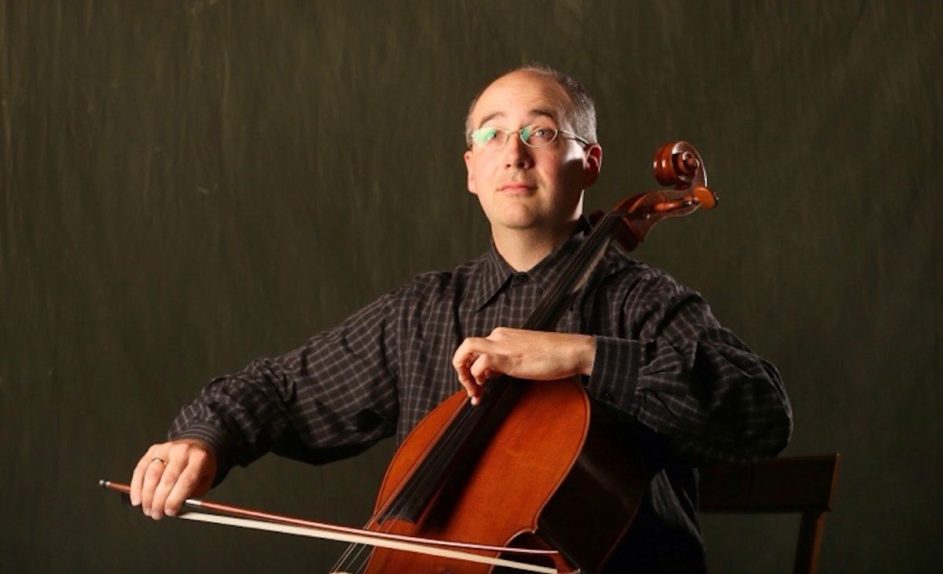It’s common practice for soloists with international careers to play from memory the music they perform with orchestras and in solo recitals.
But cellist Mark Kosower’s performances of both Antonio Vivaldi’s “Cello Concerto in B Minor,” RV 424, and Franz Joseph Haydn’s well-known “Cello Concerto in D Major,” Hob. Vii2, with the Oak Ridge Symphony on Sunday afternoon, were remarkable for not only playing both, but playing them magnificently.
Oak Ridge audiences are generally very knowledgeable. They know great performances when they hear them. Both the Vivaldi and the Haydn got roaring standing ovations.
Kosower had spent most of the week in Oak Ridge as musician-in-residence. In addition to his performance with the symphony, he and his wife, pianist Jee-Won Oh, presented a recital of cello and piano music on Friday night. He gave a masterclass for young cellists on Thursday afternoon.
Vivaldi was a prolific composer, writing 500 concertos for solo instruments and orchestra, 27 of them for cello. Kosower played the “B Minor” as though it is the most precious composition Vivaldi ever wrote.
His tone was both warm and bright, with each note played with clarity and attention to detail. Baroque music in general wasn’t written with the extreme vibrato that appeared in later Romantic music. Kosower was careful to play with the subtle sound shaping to which Vivaldi would have been accustomed.
Currently principal cellist with The Cleveland Orchestra, Kosower’s playing of the Haydn concerto, written in 1783, decades after the Vivaldi, had a distinctly different sensibility.
Vivaldi was vain and flamboyant, the equivalent of a rock-star of the day and he wanted everyone to know it. His concerto struts and shows off. Haydn is more restrained and introspective. His concerto is more thoughtful, in search of deeper meanings. All of these qualities showed up in Kosower’s playing.
Then, after all that, Kosower lit a match to the cello with an encore of Italian composer Carlo Alfredo Piatti’s “Caprice No. 8 in A Minor,” from his set of ‘Twelve Caprices for Solo Cello,” Op. 25, written in 1865. It was a fireworks explosion!
The Oak Ridge Symphony, playing in chamber orchestra size due to the limitations of First United Methodist Church’s platform space, as well as the period of music on the program, was more than a competent companion to Kosower’s playing.
Conductor and music director Dan Allcott began the program with Johann Christian Bach’s somewhat dark and subdued “Symphony in G Minor,” Op. 6, No. 6, written in the 1760s. The performance, despite its character, was warm and charming.
After intermission, Mozart’s “Symphony No. 30 in D Major,” K. 202, from 1774, opened the second half of the program. Allcott made the most of its alternating dynamics.
Allcott’s tenure in Oak Ridge has made the most of the influx of talented musicians into the area. The orchestra is far less dependent on musicians from the Knoxville Symphony than it was in the years before Allcott’s arrival.
After a few years of not hearing Oak Ridge Civic Music Association concerts due to cutbacks at my previous position, the quality of playing in Oak Ridge is remarkably better. Both the symphony and chamber music series are well worth attending.
ORCMA’s performance schedule can be found at www.ORCMA.org.

Oak Ridge Symphony conductor Dan Allcott talking to the audience before the beginning of the concert at First United Methodist Church of Oak Ridge Sunday afternoon.

